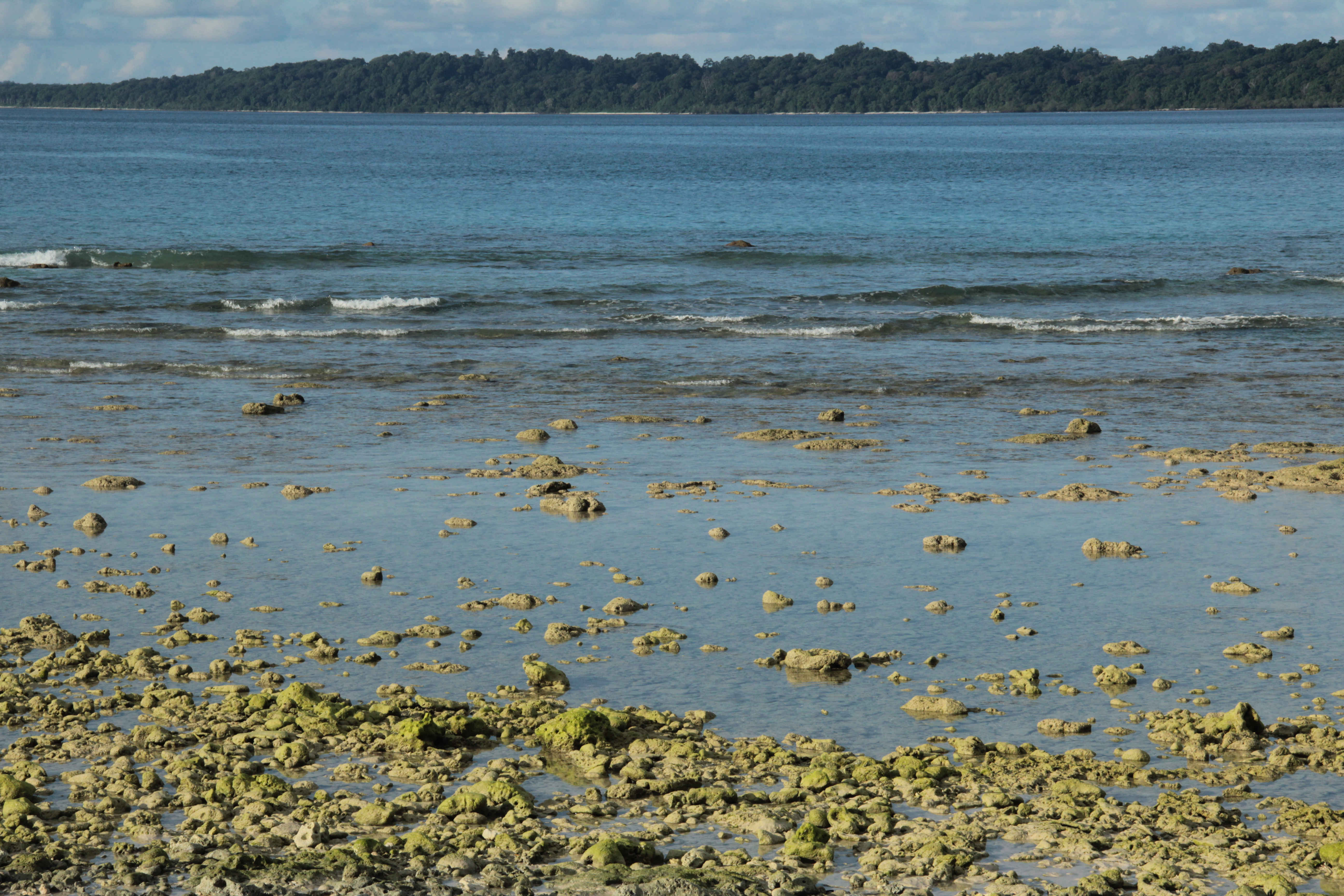
|
When the wind shifts –Recording and documentation project in traditional music and dance on the Andaman and Nicobar Islands. In November 2015 Rolf Killius has initiated a project to document the music and dance of the Nicobarese people of the Andaman and Nicobar Islands (ANI). On ANI Rolf Killius collaborated with Rasheed Yusuf, a senior member of the Nicobar indigenous communities. The World and Traditional Music Section of the British Library supported the project and the recordings have been deposited at the British Library (BL, London), where they will be available for research onsite. The main focus of the project is to concentrate on the culture and music of the Nicobarese people, who inhabitant the southern Islands of Great Nicobar, Little Nicobar, Nancowry, Kamorta, Trinket, Katchal and Teressa islands. In addition the project researcher recorded music of the communities of islanders who live on the Andaman Islands, such as Bengalis, Karen, and settled Nicobarese. The Islands The ANI form a group of around 500 islands (30 are inhabited) and as a Union Territory they belong to India. As the distance to the east coast of India is 1200 km Aceh (Indonesia), Myanmar and Thailand are only 200 km away. From the 24 islands of Nicobar only 12 are inhabited. Estimated 30,000 indigenous Nicobarese and a small group of Shompen inhabit these islands. Many of them died in the devastating tsunami in December 2004. The Nicobarese speak an Austro-Asiatic language and have migrated around 2000 years ago from the coast of Malay-Burma. Though the access to this island group is highly restricted by the Government of India the inhabitants have a long history of contact with South- and South-East Asia. Nicobar Islands The Nicobarese are fond of singing and dancing. The songs deal with secular and religious topics and are performed at the numerous festivals. The most important festivals are Panuohonot (pig festival; onset of the northeast winds in late October), Kancheuollo (chicken festival; May), Kinleava (shift in wind direction; on Nancowry, Kamorta and Trinket), Anchoitu (beginning of southwest monsoon; May/June) and especially Kinruaka (ritualistic ossuary celebration; supervised by the priest called menluana; no special time). A close link between intangible and tangible heritage on Nicobar establishes the custom of carving wooden objects called hentakoi (small naturalistic figures) and kareau (large human figures). The making, placement and maintenance of these objects and its ritual connotations inform a strong bond between the spirit and human world. The enactment provides healing and security to the people. Chanting and singing are an important part of it. Traditionally the Nicobarese use a few string and wind instruments, the sanun (copper plate), silver spoons and drums. Due to rapid change and the destruction of the tsunami, it is feared that within the near future many folk, devotional and ritual art forms will disappear. |


